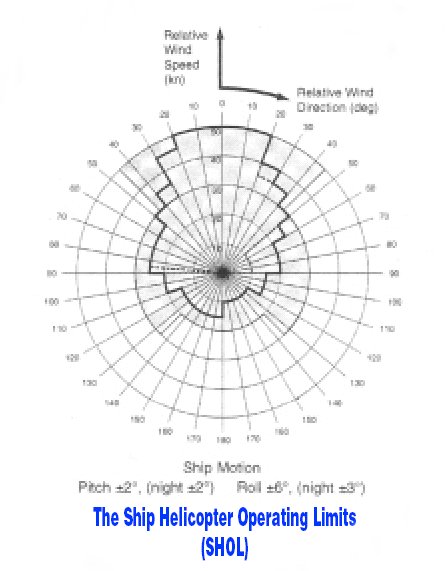
Flight Science & Technology Research Group
CFD and the Ship-Helicopter Dynamic Interface
Department Home
Page
Courses
Simulation
Facilities
Feedback: mdw@liv.ac.uk

The ship airwake is the invisible enemy
Project Objectives:
To investigate the dynamic helicopter/ship interface using computational and experimental methods.

Benefits:
-
Better understanding of the flow structure of the ship airwake and the effect it has on the helicopter rotor
-
Re-definition of the Ship Helicopter Operating Limits (SHOL)
-
Provide data for simulator pilot training
-
Provide data for designing ships with less turbulent airwakes
Modelling the Complex Ship Airwake & Rotor Coupling in Real Time Using CFD
The turbulent airwake of a ship contains regions with severe velocity gradients and widely varying turbulence length scales; modeling this in real time coupled with a helicopter rotor flow field presents a considerable challenge. The aerodynamic loading at the rotor can change considerably when passing through eddies or cross flows and vortex structures, affecting the control, thrust and power margins for safe landings.
Computational fluid dynamics (CFD) is being used to model the turbulent wake or 'wind over deck' conditions resulting from different ship geometries at varying angles to the freestream air and at different relative wind speeds. The commercial package ‘Fluent’ is being employed. The results are validated against experimental wind and water tunnel data, then processed for attachment in the Flightlab software so that piloted flight through the airwakes can be simulated. Pilot workload is then assessed so that safe and unsafe conditions can be defined. The long-term goal is to replace sea trials with simulations for a range of conditions and different ship/helicopter combinations. more realistic envelopes for safe operation, aid pilot training in simulators and provide data for improved ship design.
A programme of experiments utilising a high-speed water flume supports the CFD modelling. Particle Imaging Velocimetry (PIV) will be used for flow structure visualisation and measurement.
An internationally agreed ‘Simple Frigate Shape’ has been modelled and compared to published data – some examples of the results are shown below.
The project will include more realistic ship geometries, the inclusion of the helicopter rotor effect on the airwake and unsteady (time-dependent) simulations.
Members:
sfs&sea_grid.jpg)
sfs&sea_grid2.jpg)
vel-cont-unfilled.jpg)
17221.jpg.jpg)
17221%20zoom.jpg.jpg)



sfs&sea_grid.jpg)